Pretty much everyone is familiar with Agastache foeniculum, also known as anise hyssop. That’s a very common plant in the beginner-native-gardening-starter-pack list, despite the fact that it is one of the species that isn’t native to our region. Agastache foeniculum is originally native in the upper midwest United States. Not that there’s anything wrong with it. I have it planted throughout my partially-native food forest/cottage veggie garden to help deter herbivory. Surrounding the plants they’re likely to eat with ones that are somewhat of a deterrent can be effective. That being said, it’s not entirely foolproof, speaking from experience. They just won’t spend much time sniffing around.
This species, Agastache nepetoides, as well as another one I’m offering, Agastache scrophulariifolia, are both native to our region (map for Agastache nepetoides). While it is not fragrant like anise hyssop, the leaves are alleged to be bitter, and the deer are less likely to forage. Your mileage (and level of deer pressure) may vary. I will not be offering anise hyssop – plenty of other nurseries do, and it may potentially hybridize with native species.
This gets slightly taller and larger than anise hyssop, but not as large as purple giant hyssop. It also produces greenish cream-yellow flowers that are not considered very showy. Some reports suggest the flower spike, typically around 5″ tall, can reach up to a foot long. The flowers attract many pollinator visitors, including a large diversity of native bees, bee flies, and butterflies.
This is more of a woodland margin species, open woodland meadows, where it will get a few hours of direct sun but not too much. It can grow in full sun as long as it has consistent moisture. It does not like dry, sunny sites and will wilt if the soil dries out too much. At the same time, this doesn’t really grow in wetlands either. The soil you’re aiming for is fertile, moist, easy to dig, like most established garden beds that are mulched. Imagine going into a forest and poking around under the leaf litter.
Due to its size and slightly-but-not-really showy flowers, this one falls into the category of “tall green thing that might be a weed” to the uninformed. For this reason, I suggest tucking it in as a background filler in a garden design. This would reduce drawing attention to it from judgmental HOA-snitches.
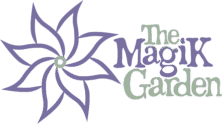
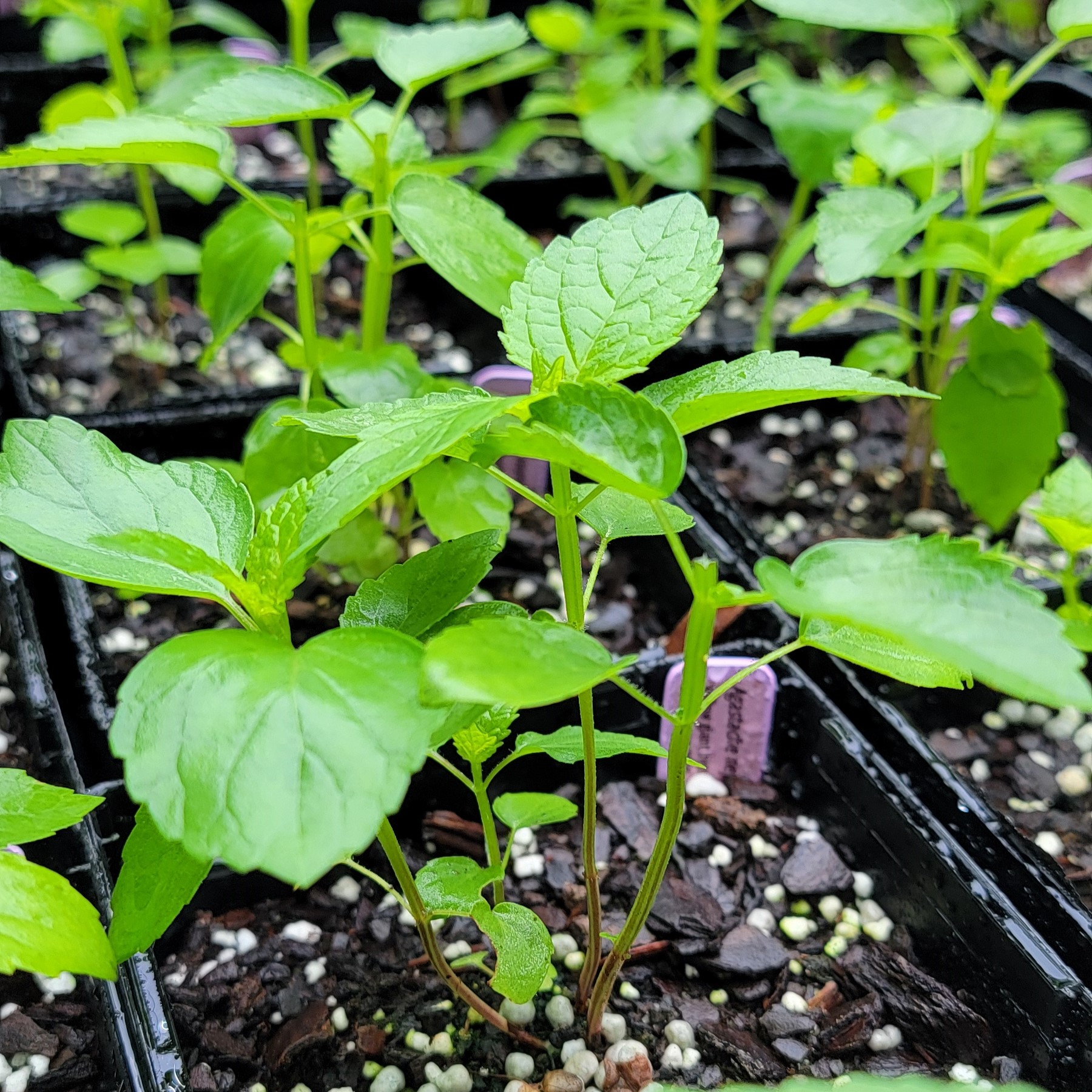
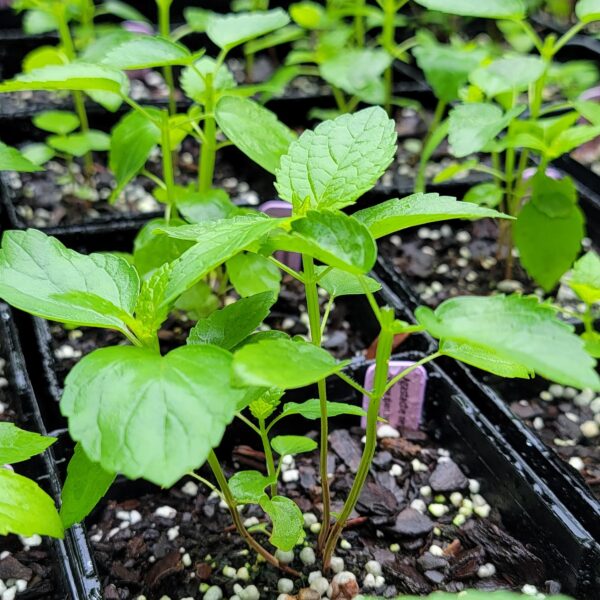








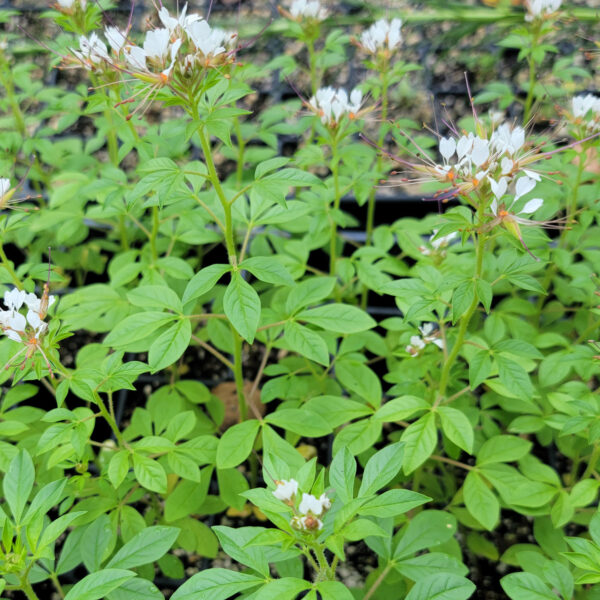
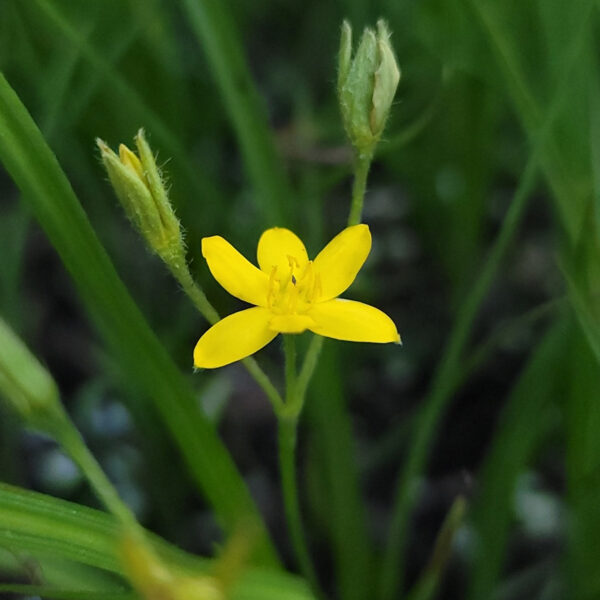





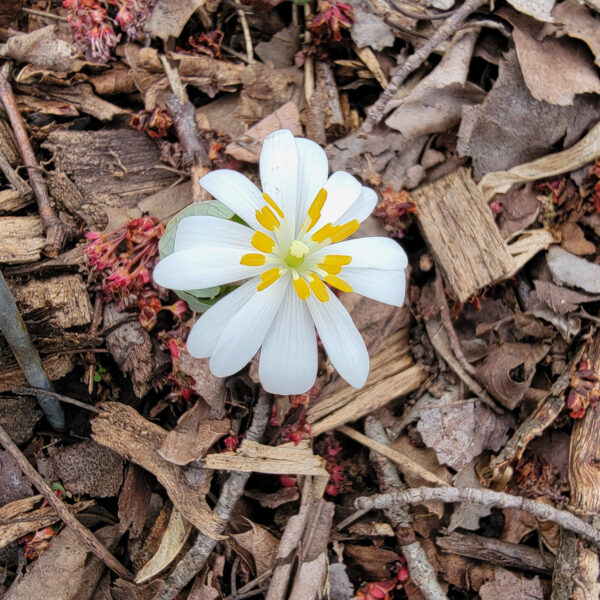


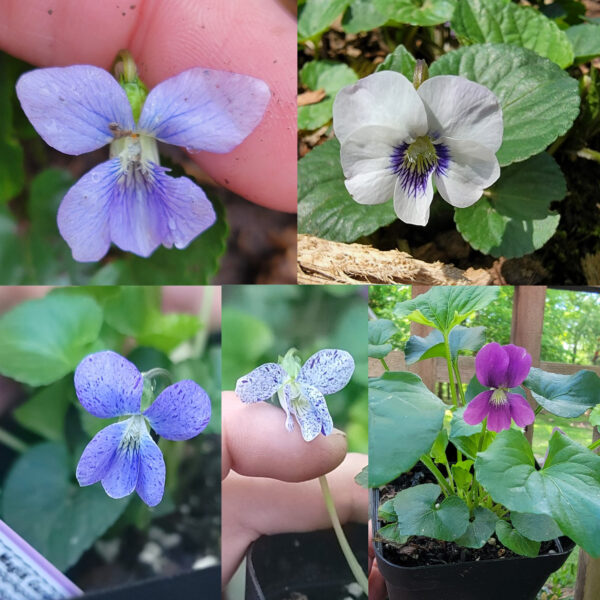




Reviews
There are no reviews yet.